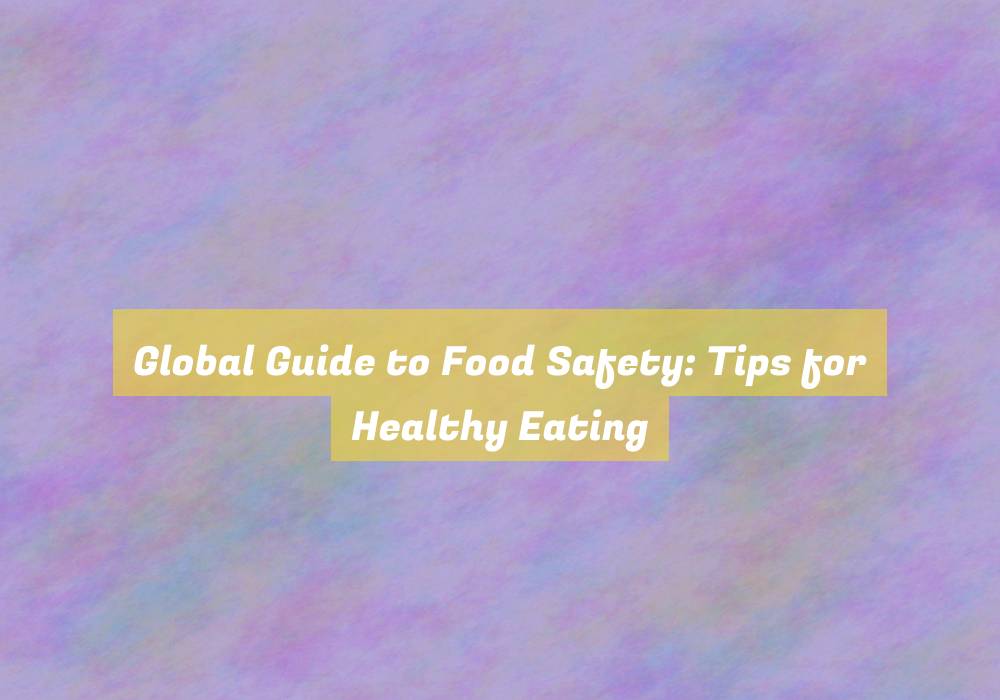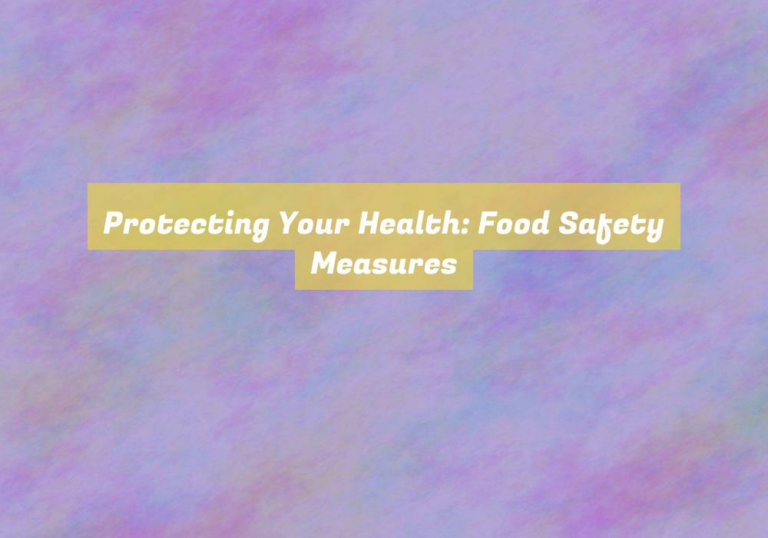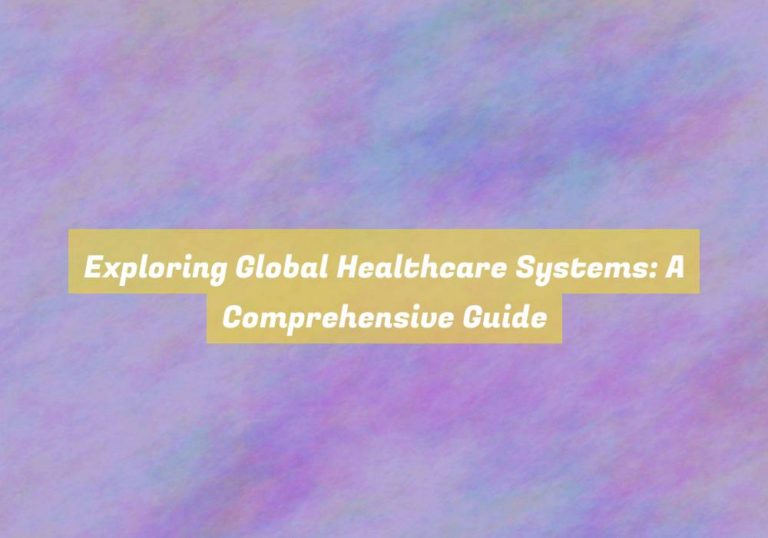Global Guide to Food Safety: Tips for Healthy Eating
When it comes to nourishing your body, itG??s essential to be mindful of the foods you consume. But letG??s face it, the global food landscape can be a bit of a minefield at times, and navigating it safely is crucial.
You might not realize it, but there are subtle yet significant factors that can impact the safety and quality of the food you eat, whether at home or abroad. As you consider the meals you enjoy, there are key insights and practical tips that can help you make informed choices and safeguard your well-being.
Importance of Food Safety
Ensuring food safety is crucial for protecting yourself and your loved ones from harmful bacteria and foodborne illnesses. By following proper food safety practices, you can reduce the risk of contamination and ensure that the food you consume is safe and healthy.
One of the key reasons for prioritizing food safety is to prevent foodborne illnesses, which can lead to severe health complications. These illnesses are often caused by bacteria, viruses, parasites, or toxins that contaminate food. By being mindful of food safety measures, such as proper handwashing, storage, and cooking temperatures, you can significantly lower the likelihood of falling ill due to unsafe food practices.
In addition to safeguarding your health, prioritizing food safety also promotes overall well-being. When you consume safe and uncontaminated food, youG??re less likely to experience digestive issues, food poisoning, or other health concerns related to foodborne pathogens. This allows you to enjoy your meals without the worry of potential illness, contributing to a healthier and more enjoyable lifestyle for you and your loved ones.
Understanding Food Labels
Understanding food labels is essential for making informed choices about the foods you consume and ensuring that they meet your safety and health standards. When reading food labels, start by checking the serving size and the number of servings per container. This helps you understand the amount of food youG??re actually consuming and how it contributes to your overall diet.
Pay attention to the total calories per serving and the breakdown of macronutrients such as fat, carbohydrates, and protein. Be mindful of added sugars, sodium, and trans fats, as these can have negative impacts on your health if consumed in excess. Look for vitamins, minerals, and fiber content to ensure youG??re getting essential nutrients.
Additionally, be aware of any allergens listed on the label, especially if you have food sensitivities or allergies. Understanding food labels empowers you to make choices that align with your dietary needs and health goals, ultimately contributing to a safer and healthier eating experience.
Best Practices for Food Handling
To maintain food safety and prevent contamination, always handle food with clean hands and utensils. Wash your hands thoroughly with soap and warm water before and after handling food, especially after touching raw meat, poultry, seafood, or eggs.
Use separate cutting boards for raw meat and produce to avoid cross-contamination. When storing food, make sure to keep raw meat, poultry, and seafood separate from other items in the refrigerator to prevent juices from dripping onto other foods.
ItG??s crucial to cook food to the appropriate temperature using a food thermometer to ensure that harmful bacteria are killed. Leftovers should be refrigerated within two hours of cooking and stored in shallow containers to promote rapid cooling.
When reheating leftovers, ensure they reach an internal temperature of 165-?F to kill any bacteria that may have developed. Additionally, be mindful of expiration dates and properly dispose of any expired or spoiled food items.
Following these best practices for food handling can significantly reduce the risk of foodborne illnesses and promote safe and healthy eating habits.
Tips for Safe International Dining
When exploring international dining, maintain the same vigilance for food safety as you do at home, especially when it comes to handling and consuming unfamiliar ingredients and dishes.
Before indulging in a new cuisine, research the typical food safety practices of the region youG??re visiting. Look for restaurants that have good hygiene standards and opt for cooked foods that are piping hot. Avoid consuming raw or undercooked meats and seafood, as they may carry a higher risk of contamination. Be cautious with street food and ensure that itG??s prepared and handled in a sanitary manner. Additionally, stick to bottled or boiled water to prevent any potential waterborne illnesses.
Furthermore, consider carrying some essential medications for food-related illnesses, such as antidiarrheal medication, just in case. If you have food allergies, itG??s crucial to communicate your dietary restrictions clearly to restaurant staff or food vendors.
Conclusion
So, remember to always prioritize food safety by understanding food labels, practicing proper food handling, and being cautious when dining internationally.
By following these tips, you can ensure that youG??re making healthy food choices and reducing the risk of foodborne illnesses.
Stay informed, be mindful, and enjoy your meals without any worries. Your health and well-being are worth the extra effort.





